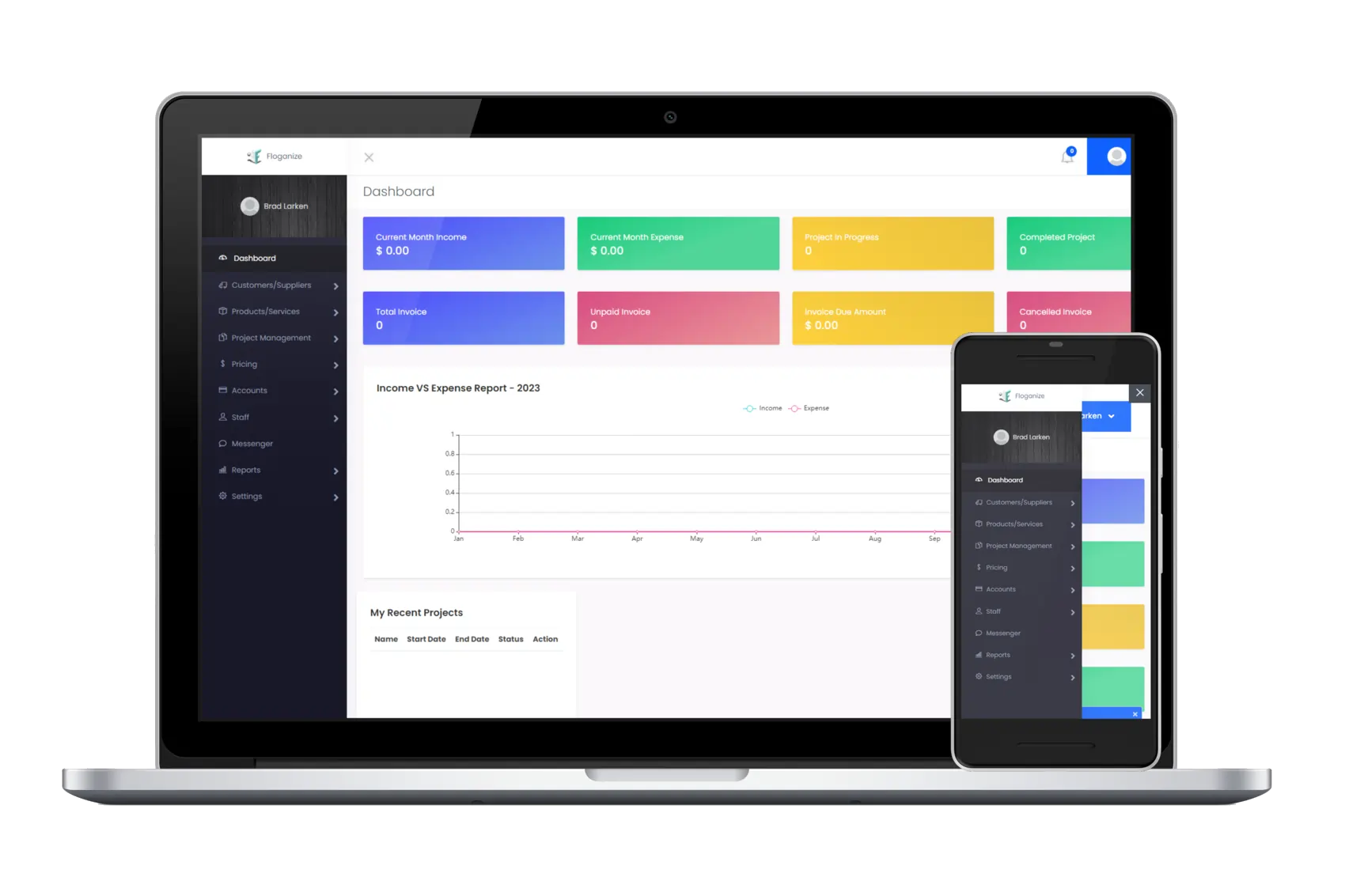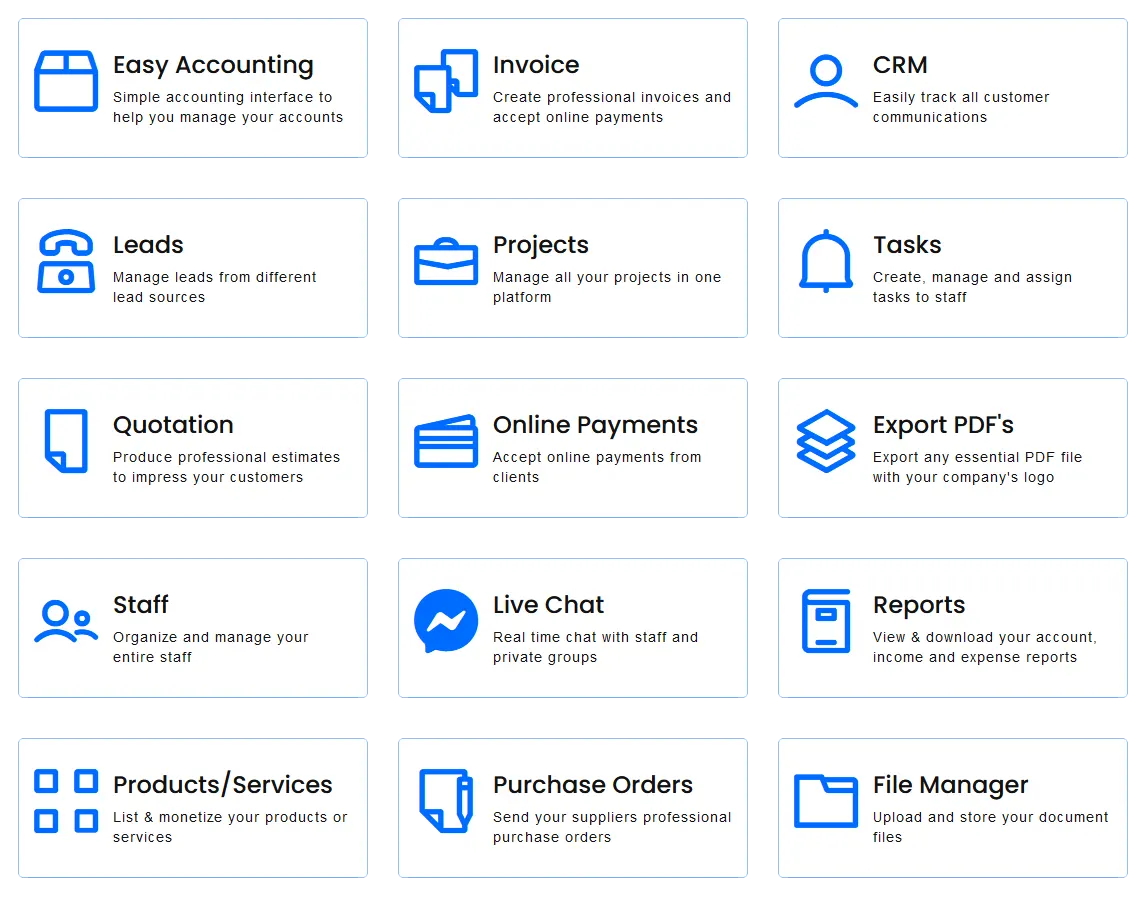Unveiling the Magic of Project Management Strategy
What Is a Project Management Strategy?

A project management strategy refers to a systematic approach to planning, organizing, executing, and closing a project effectively and efficiently. It defines the processes, tools, and techniques used to manage a project from start to finish. The objective of a project management strategy is to ensure that the project is completed on time, within budget, and to the required quality standards.
The key elements of a project management strategy include:
1. Defining project scope and objectives
2. Creating a project plan and schedule
3. Assigning roles and responsibilities
4. Allocating resources
5. Monitoring and controlling project progress
6. Risk management
7. Communication planning and management
8. Continuous improvement and adaptation to changing conditions
A well-defined project management strategy is critical for ensuring the success of a project and can help to minimize risks, avoid delays, and improve overall project performance.
1. Defining project scope and objectives
Defining the project scope and objectives is a crucial step in the project management process. This step involves establishing clear and measurable definitions of what the project will deliver and what it will not deliver. It also involves setting specific, measurable, and achievable goals that the project is expected to achieve.
The project scope defines the boundaries of the project, including what is included and what is excluded. It outlines the work that needs to be done, the resources required, and the timeline for completion.
The project objectives, on the other hand, specify the desired outcomes of the project. These objectives should align with the overall goals of the organization and should be specific, measurable, achievable, relevant, and time-bound (SMART).
Defining the project scope and objectives is an iterative process that should involve input from all relevant parties. It helps to establish a common understanding of what the project is intended to achieve, and serves as a reference point throughout the project to ensure that everyone is working towards the same goals.
2. Creating a project plan and schedule
Creating a project plan and schedule involves determining the tasks, resources, and timeline required to complete a project. This step helps to break down the project into smaller, manageable parts and to allocate responsibilities and resources to each task.
A project plan is a comprehensive document that outlines the project scope, objectives, timeline, budget, and all other critical elements of the project. It serves as a roadmap for the project, and helps to ensure that the project has a clear vision of what needs to be done and when.
The project schedule is a visual representation of the project plan that shows the start and end dates for each task, the dependencies between tasks, and the allocation of resources. Also, a collaboration with the project team is essential and should take into account any constraints, such as resource availability and deadlines, to ensure that the project is complete on time.
Creating a project plan and schedule is a crucial step in project management as it helps to ensure that the project stays on track and that all stakeholders are aware of their responsibilities and the timeline for completing tasks. It also helps to identify any potential risks or roadblocks and to allocate resources effectively.
3. Assigning roles and responsibilities
Assigning roles and responsibilities determines who will be responsible for each aspect of the project. This phase ensures that everyone working on the project understands their role and expectations, and that all tasks are completed efficiently and effectively.
When assigning roles and responsibilities, it is important to consider the skills, experience, and availability of each team member. This ensures that the team assigns the right person to the right task, and that the project is complete with the least amount of disruption.
Typically, the project manager is responsible for overseeing the entire project from start to finish. Other roles and responsibilities may include:
Project sponsor: Provides support and resources for the project
Project team: Responsible for completing specific tasks and delivering specific project outputs
Stakeholders: Have an interest in the project and the outcomes may impact their decision making
External consultants: Provides special expertise or to complete specific tasks
It is important to clearly communicate the roles and responsibilities of each team member to ensure that everyone is working towards the same goals and that there is no confusion about who is responsible for what. Regular communication enables everyone to be aware of any changes to their responsibilities and that the project stays on track.
4. Allocating resources

Allocating resources controls the resources required to complete a project and making sure that those resources are available when needed. Resources can include materials, equipment, people, and budget.
When allocating resources, the project manager should consider factors such as the project timeline, budget constraints, and the availability of resources. Examples of resources that may need allocation include:
Equipment and materials: Tools, machinery, and supplies needed to complete the project
People: Project team members, stakeholders, and other personnel needed to complete the project
Budget: Funds needed to pay for materials, equipment, and personnel
Time: The amount of time required to complete each task and the overall project timeline
Resource allocation helps to ensure that the project runs smoothly, that all the workers in the project know the expectations, and that the project is complete on time and within budget. Regular monitoring can help to identify any issues and ensures that the project remains on track.
5. Monitoring and controlling project progress
This step involves tracking the progress of the project and making any necessary adjustments to keep the project on track. To monitor and control project progress, the project manager should regularly track key performance indicators (KPIs) such as project timeline, budget, and quality.
Regular progress meetings should take place with the project team and stakeholders to review progress, identify any issues, and make any necessary changes to the project plan. The project manager should also regularly review the project schedule and budget to ensure that the project is on track and that he/she are using the resources effectively.
In addition to monitoring progress, the project manager should also have a process in place for controlling the project. This may involve making changes to the project plan or allocating additional resources to address issues or constraints.
6. Risk management
Risk management consists of identifying, assessing, and controlling the risks that could impact a project. Risks can come from a variety of sources, including changes in project scope, schedule, budget, or quality, as well as external factors such as changes in market conditions or unexpected events.
To manage risks effectively, the project manager should follow a systematic approach that involves:
1. Identifying risks: Identifying potential risks that could impact the project, including those related to scope, schedule, budget, quality, and external factors.
2. Assessing risks: Evaluating the likelihood and impact of each risk and determining which risks are most critical to the project.
3. Developing risk response strategies: Developing plans to mitigate or manage each risk, such as allocating additional resources, changing the project plan, or implementing risk mitigation strategies.
4. Monitoring and controlling risks: Regularly monitoring the project for any changes that could impact risks and making any necessary adjustments to the risk response strategies.
Risk management is critical for project success and helps to minimize the impact of negative events on the project. By identifying, assessing, and controlling risks, the project manager can help to ensure that the project stays on track and that all stakeholders are aware of potential risks and the steps that are necessary to mitigate them.
7. Communication planning and management
Communication planning and management defines the communication needs of the project and developing a plan for effectively communicating with all stakeholders. Effective communication is essential for informing every one of what is happening and what the expectation are.
To effectively plan and manage communication, the project manager should consider factors such as the stakeholders involved in the project, the frequency and type of communication required, and the methods for delivering information.
The project manager should develop a communication plan that includes:
1. Defining the communication needs of the project: Identifying the stakeholders, the type of information that needs to be communicated, and the frequency of communication.
2. Developing a communication schedule: Determining the timing and frequency of communication, such as weekly status reports, monthly project reviews, and regular progress meetings.
3. Determining the communication methods: Deciding on the most appropriate methods for delivering information, such as email, meetings, status reports, or project management software.
4. Assigning communication responsibilities: Assigning responsibilities for communicating information to the appropriate stakeholders.
5. Monitoring and controlling communication: Regularly reviewing the communication plan and making any necessary adjustments to ensure that the communication needs of the project are being met.
8. Continuous improvement and adaptation to changing conditions

Continuous improvement and adaptation to changing conditions includes regularly reviewing and assessing the project to identify areas for improvement, and making any necessary adjustments to keep the project on track.
To continuously improve and adapt to changing conditions, the project manager should:
1. Regularly review and assess the project: This includes reviewing the project schedule, budget, and quality, as well as monitoring and controlling risks, to identify any areas for improvement.
2. Implement changes as needed: Based on the results of the review and assessment, the project manager should implement any necessary changes to the project plan, allocate additional resources, or adjust the risk response strategies.
3. Continuously monitor progress: This involves regularly monitoring the project progress to ensure that the changes made have had the desired effect and that the project is still on track.
4. Incorporate feedback from stakeholders: The project manager should regularly solicit feedback from stakeholders and incorporate their feedback into the project plan as appropriate.
Project Management Strategy Summary

In order to complete projects on time and within budget, project management strategy entails a methodical approach to planning, carrying out, and ending projects. Several essential steps make to an effective project management approach, including:
1. Defining project scope and objectives
2. Creating a project plan and schedule
3. Assigning roles and responsibilities
4. Allocating resources
5. Monitoring and controlling project progress
6. Risk management
7. Communication planning and management
8. Continuous improvement and adaptation to changing conditions
The project manager may ensure that the project is complete within a reasonable timeframe, with little risk, and to the necessary quality standards by adhering to these crucial procedures.
Effective project management techniques aid in keeping the project on course, and also ensuring that it is complete on schedule, on budget, and to the necessary quality standards.
Floganize – The All-In-One Business Management Software
If you want to learn about our powerful business management software, then please click here to view the Floganize tutorials educational page. You can sign up today for a free 14-day trial! Simply click here and enjoy all of the powerful features that will simplify your daily business tasks!


